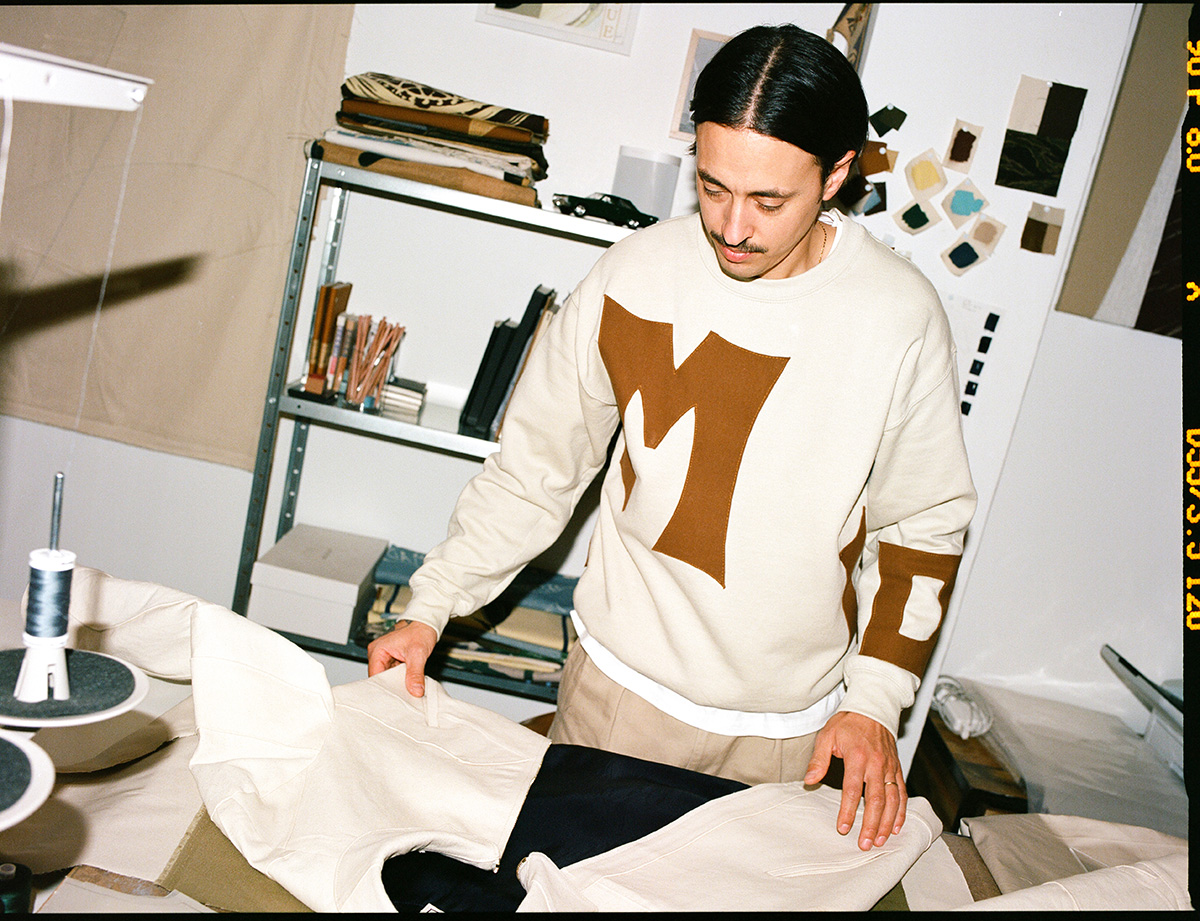One of the most stylish gentlemen in Japan, Motofumi “Poggy” Kogi is a buyer and co-director of fashion powerhouse United Arrows & Sons. Born in 1976 in Sapporo, Hokkaido, Poggy moved to Tokyo in 1997, bringing his signature funk sign and classic tailored garments. His current sources of inspiration are his son’s regular soccer training sessions, art galleries in Paris and early New York hip hop.
Poggy Style
Categories: Conversations, Fashion
Related Articles
5 favorite places by Alexandra Jubé
For years, she was one of the best trend hunters in Paris, working for a big style agency. She decided to follow her own path…
In search of the Matrix with Anita Schmid
This season, we worked with the Vienna based artist Anita Schmid who signed two paintings for our SS22 campaigns: Copenhagen and Paris. She spent some…
Conversation with Franck Pellegrino
Lire la version française ici Words by Gino Delmas – Photos by Matteo Verzini Sitting in a café in Paris’ second arrondissement, artist Franck Pellegrino could…
Conversation avec Franck Pellegrino
Read the english version here Mots de Gino Delmas – Photos de Matteo Verzini Attablé dans un café parisien du deuxième arrondissement, l’artiste Franck Pellegrino…



